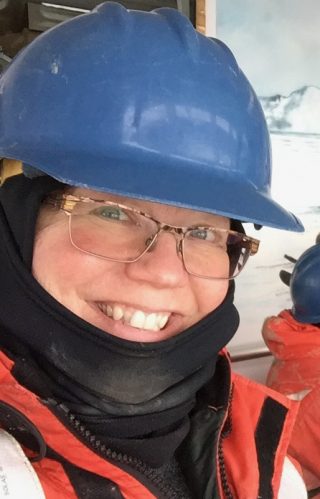Seafloor mud is a mucknificent thing. The soft surface of well-sorted, very fine silt and mud provides a wonderful foundation for benthic organisms, but also allows all the larger, coarser, and heavier rocks – including the meteorites we seek – to bury themselves within.
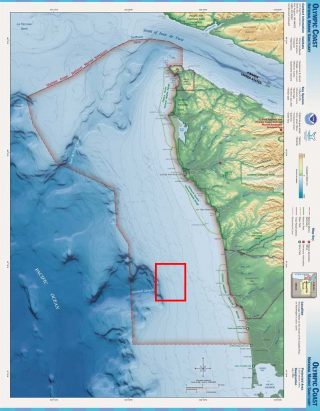
Exploring Another World
The well-defined area along the Olympic Coast National Marine Sanctuary where the meteorites fell is characterized by flat, shallow continental shelf habitat with 80-100 meters of overlying ocean and a soft mud blanket. An early search nearly a year ago demonstrated that searching for meteorites in 80-100 meters water depth amid a blanket of sediment might as well be like looking for a needle in a haystack on another planet.
Enter the creative and talented experts of remote exploration- the ROV pilots and Engineers of the R/V Falkor. In our effort to explore new frontiers, we design tools and make plans that we think will enable us to successfully achieve our most important goals, but within the limits of technology, time, and cost. Yet rarely do those tools or plans work exactly as anticipated. Patience and the ability to adapt are critical to success.
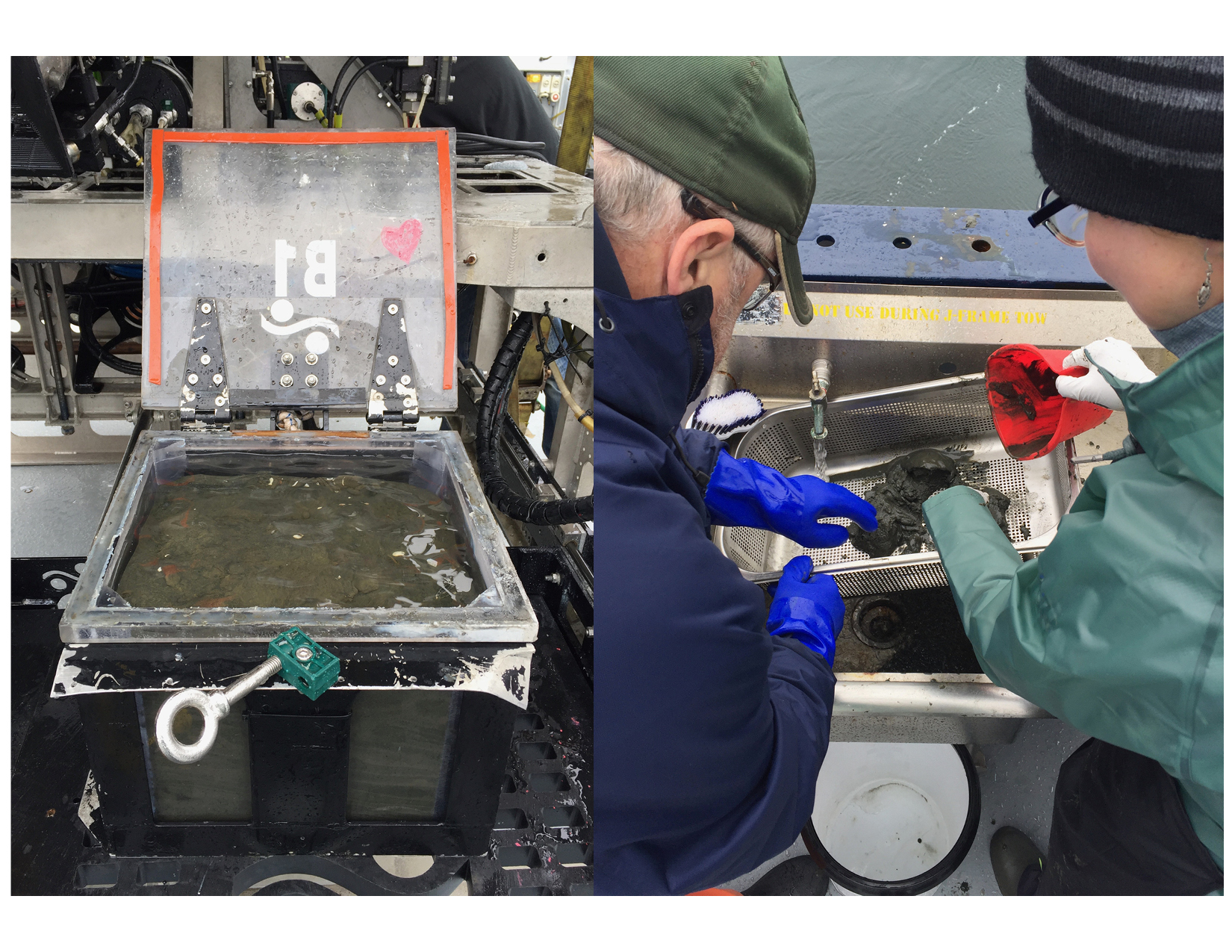
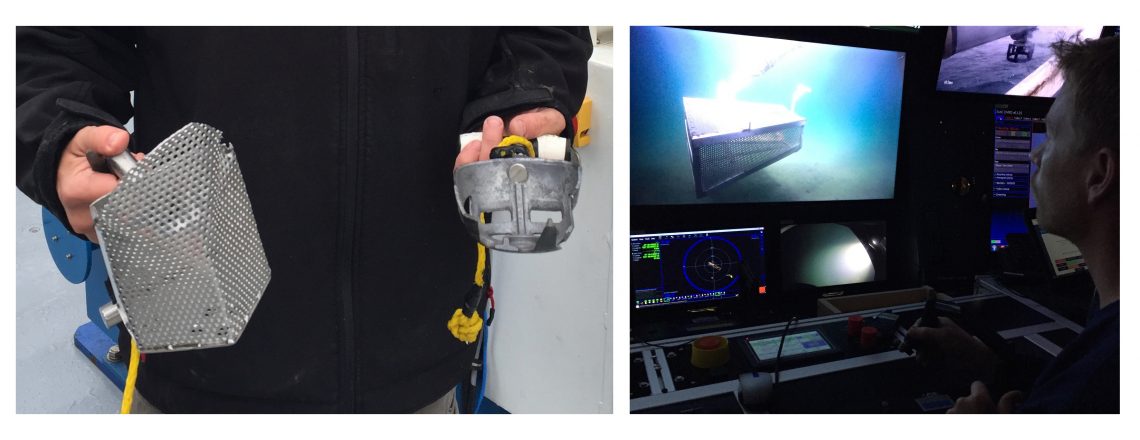
Prior to the expedition, the R/V Falkor team designed a vacuum system that would automatically suction-sift through seafloor mud, capturing samples in the process. A mechanical breakdown beyond their control disabled the ‘cosmic dustpan,’ however the R/V Falkor team rose to the challenge and overcame the problem, working with scientists and in-house engineers to design and build a new tool, which was fabricated in less than 24 hours with spare materials they had on board! This new and improved ‘star sieve’ enabled more rapid screening of larger volumes of seafloor, reducing the mucknificient seafloor burden that would need to be sorted (a messy, time consuming process) on board ship after each ROV dive.
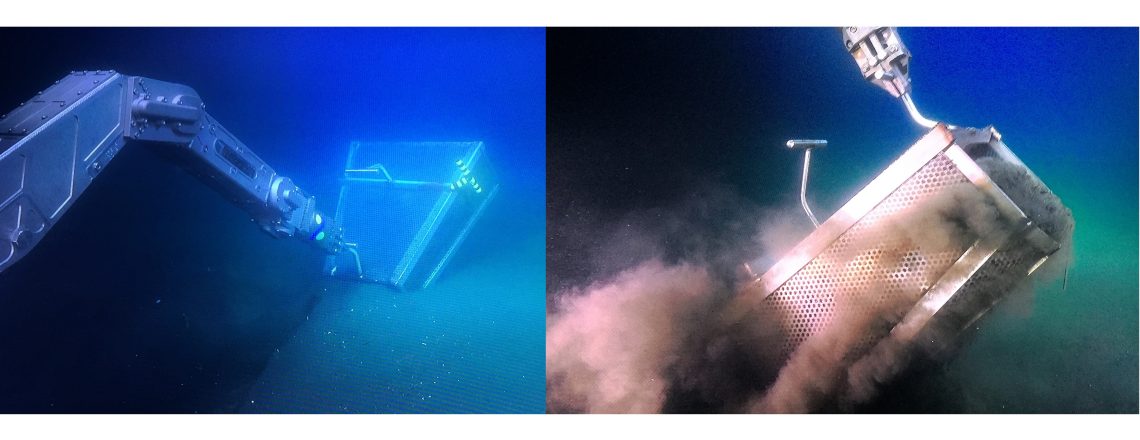
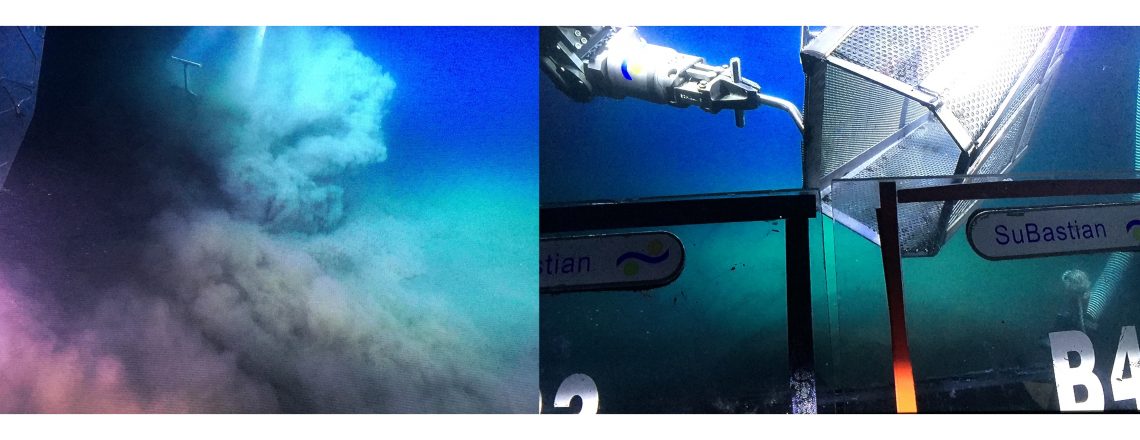
In the dark science operations room, which looks like a miniature space-mission control center, the Seeking Space Rocks scientists travel along with SuBastian via large high definition video screens. The ROV pilot Jason Rodriguez and co-pilot Jason Williams deftly control the ROV and its highly dexterous manipulator arms (which can deliver up to 920 foot pounds of force and lift up to 1000 pounds) to very carefully scoop and sift seafloor mud. What is not immediately appreciated is the time it takes to complete each scoop, shake, sift and stow: 10-15 minutes.
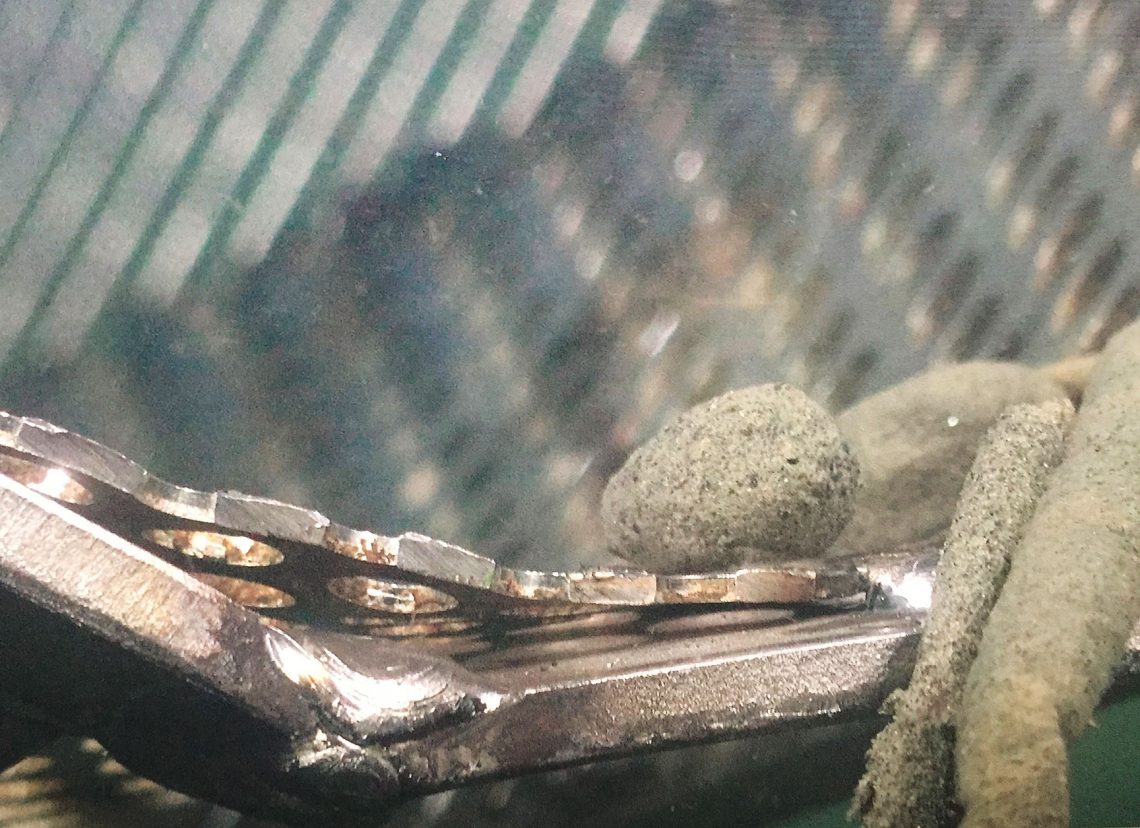
Located within an area believed to have the highest concentration of small meteorites, the new tool has already captured several small rock samples. Each sampling attempt is a slow motion ballet that is a function of remotely controlled dexterity and the time it takes for the mucknificent mud plume to settle, allowing us to see if we have caught ourselves a meteorite.
Special thanks go to Dr. Ralph Harvey for contributing the descriptive terminology used in this post.
